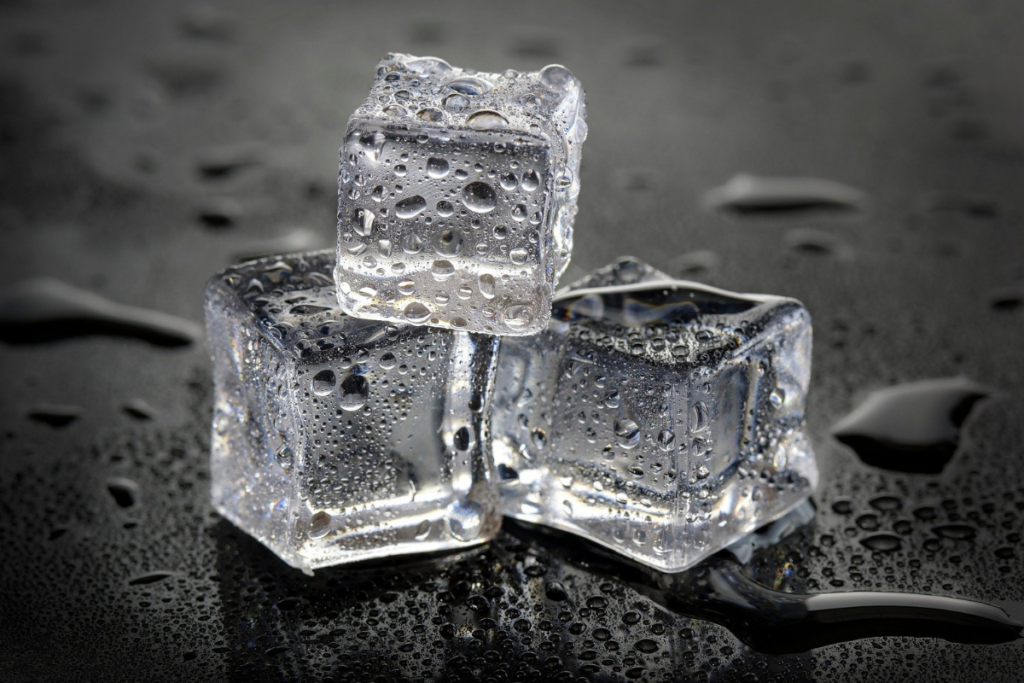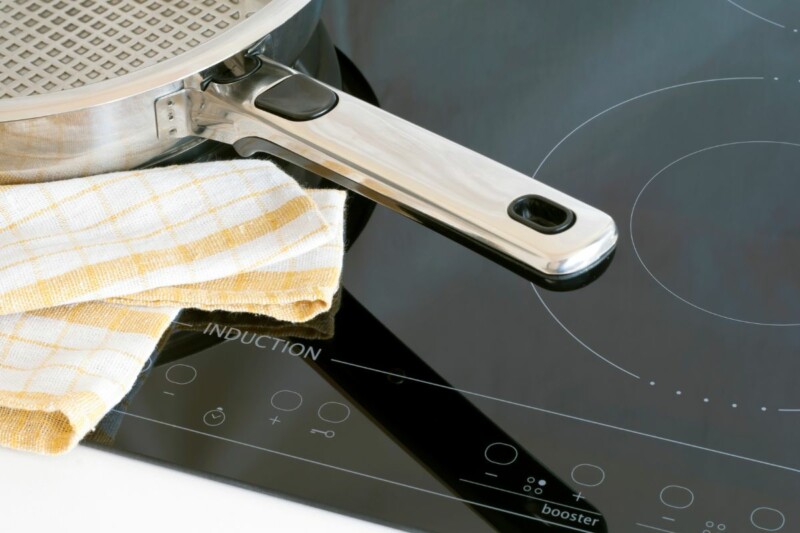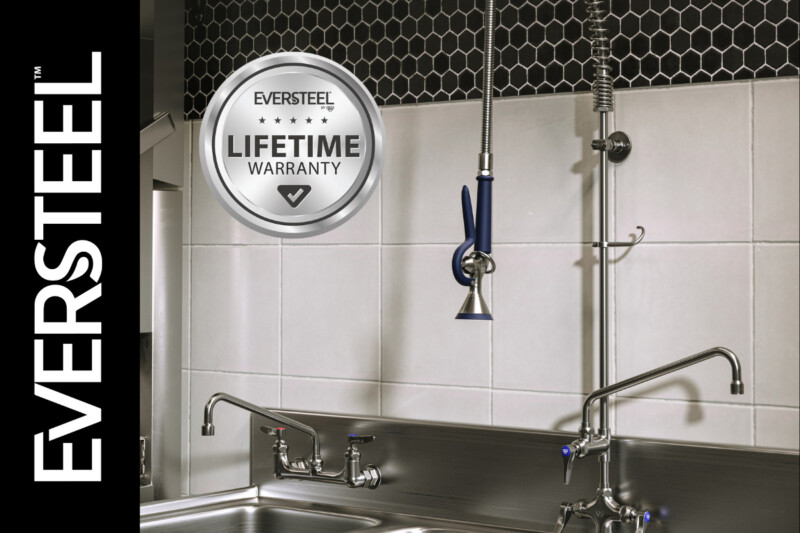SPONSORED CONTENT

You probably don’t often think about the machine that makes your ice. But ice machines help food service operations accomplish many essential tasks, from making beverages refreshingly cold to holding ingredients at safe temperatures.
The Food and Drug Administration (FDA) considers ice to be food, so it’s subject to the same regulations as other food offerings that come from your kitchen. Keeping your ice machine in top shape is key to ensuring high-quality ice that meets FDA approval.
But because your ice machine’s function is deceptively simple, it’s easy to neglect performing basic maintenance — until it stops performing as expected.
Wondering if you’re performing the care that you should? Read on to find out six ways you may be neglecting your ice machine maintenance.
1. Not leveling your ice machine
Although many machines can function well no matter what their orientation, your ice machine is not one of them.
It all comes down to gravity. While many mechanical elements perform their jobs well at any angle, gravity makes even slight shifts in orientation change the way that liquid water sits in a mold. Having an ice mold at an angle may reduce the amount of water that it can hold before over pouring, creating smaller cubes.
Whether these smaller cubes are hollow or simply incomplete, they are usually less visually appealing and reduce the efficiency of your ice maker. The smaller size may also cause issues with the ejector mechanism and cause longer harvest times.
2. Ignoring ambient temperature
Like people, machines have certain temperature ranges where they perform best. When their environment is outside of that range, they need to work harder to compensate.
Most ice machines operate at peak efficiency when the temperature in the surrounding environment is 70 degrees with a water temperature of 48-50 degrees If your ice machine experiences higher temperatures, the unit may slow ice production, causing longer harvest times. Likewise, colder temperatures can lead to longer harvest times, freezing up or even cracking water lines.
3. Failing to clean your ice machine regularly
Regularly cleaning your ice machine is essential for maintaining optimum ice quality. Most manufacturers recommend deep cleaning and sanitizing every six months — or more often, depending on environmental conditions.
Lime scale build-up will require you to de-scale your unit, so you should keep an eye out for this as well.
Not only can failure to clean the unit result in long harvest times and compromise ice quality, creating soft or dirty cubes, but it may also be a violation of FDA health and safety requirements.
Cleaning around the machine also helps keep dirt and grease away from moving parts. This is especially effective in environments where airborne ingredients like flour are used.
4. Ignoring water quality
You can’t get high-quality ice output if you don’t start with high-quality water. Inferior water quality can lead to soft or dirty cubes that can not only affect the taste of beverages and be visually unappealing but may also violate FDA regulations and make your customers sick.
Even if you have good quality water, most ice machine manufacturers recommend a filter system to remove any minerals or bacteria that can affect the ice. Some manufacturers will extend your warranty when registering a purchase of their filters. Keep in mind that water filters should also be changed every six months.
If your ice cubes are hollow or misshapen, you can also check your water pressure. Pressure that is too low can result in under filling, while pressure that is too high can cause over pouring of your ice molds.
5. Forgetting to clean your condenser
Your condenser’s job is to pressurize coolant so it can release the heat captured inside of your ice machine on the outside of the unit. But when debris accumulates outside of the condenser, it reduces efficiency by acting as an insulator, trapping heat instead of releasing it.
If you’re seeing compromised ice quality with hollow or incomplete cubes, it’s time to verify your condenser is free of obstructions and clean it, if necessary.
You should note that air-cooled and water-cooled condensers have different cleaning procedures. If you are unsure which one you have, check with your service technician.
6. Not calling a service tech
Unfortunately, not all issues can be solved by simple troubleshooting. If you’ve already checked the basics, it’s time to call a professional.
One example would be an ice machine that stops and restarts repeatedly. This is likely due to a safety switch, which may indicate a larger problem when it is triggered repeatedly.
Another case would be a leaking unit. This could be due to a number of issues that a service tech could diagnose, including a broken water pump or inlet valve, cracked or loose water lines, or a clogged drain.
RELATED CONTENT
- Advertisement -
- Advertisement -
- Advertisement -
- Advertisement -
TRENDING NOW
- Advertisement -
- Advertisement -


